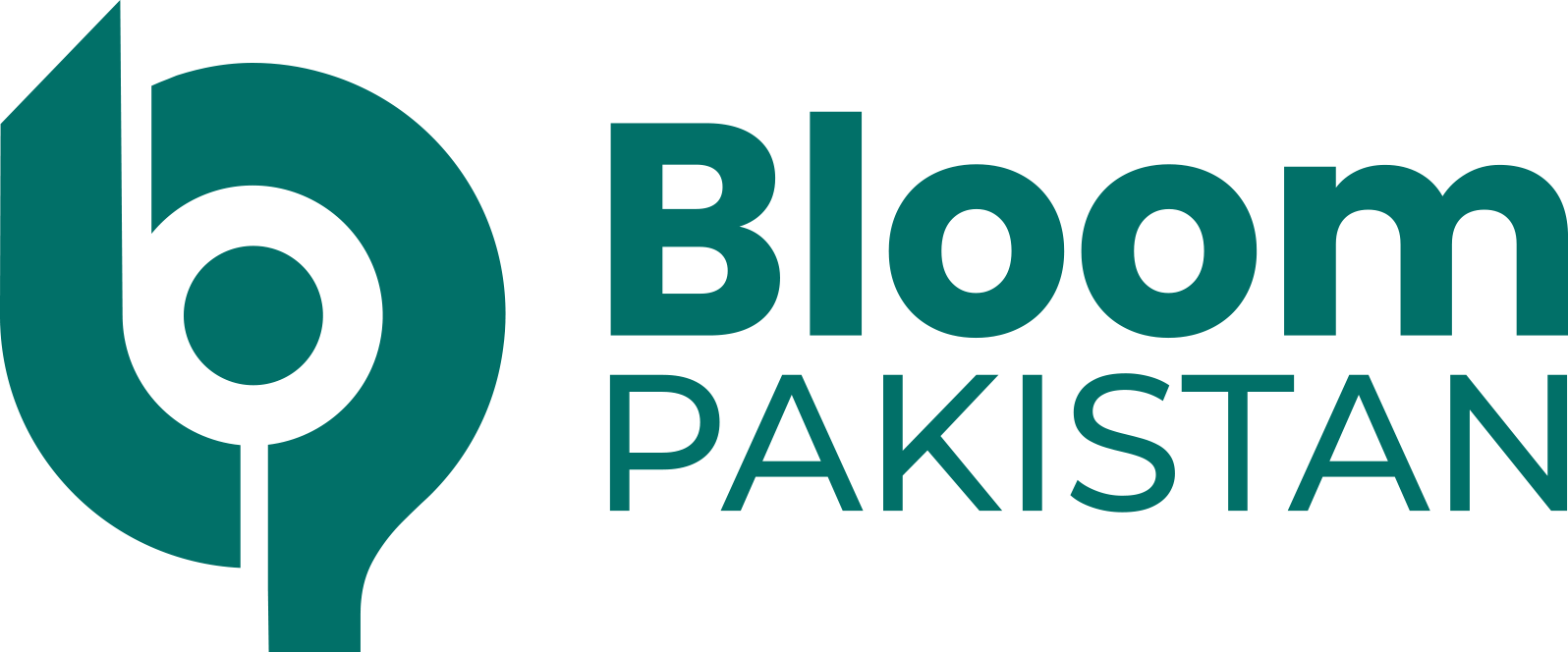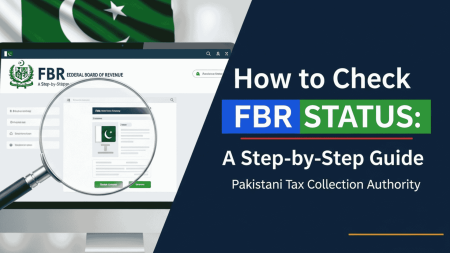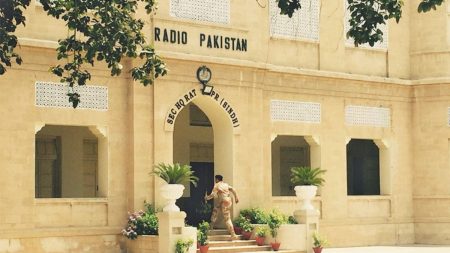Karachi, March 21: Private sector lending in Pakistan has significantly slowed down, raising concerns about the country’s economic growth and revenue generation, both of which are already underperforming.
Despite a 1,000 basis point reduction in interest rates, there is little interest from either borrowers or banks in long-term lending.
A key driver of growth, also reflects the government borrowing is crowding out the private sector lending. This hurts the growth in medium term.
According to data from the State Bank of Pakistan (SBP), lending to the private sector has dropped sharply to Rs563 billion as of March 7, 2025, down from Rs1.98 trillion at the end of December 2024 — a drastic decline in just over two months.
Large Dip in Private Sector Lending for Last Three Years
For the past three years, private sector credit growth has been dismal, leading to an adverse effect on overall economic growth, which has averaged just 1.7 percent, well below the population growth rate of 2.4 percent annually.
Read More: SBP Raises Clean Lending Limit for SMEs to Rs10 Million to Boost Sector Growth
This stagnation in economic growth is contributing to rising unemployment, with a 2024 United Nations Development Programme (UNDP) report revealing that 47 percent, or approximately 95 million people, in Pakistan live below the poverty line.
The government had set a GDP growth target of 2.5 to 3.5 percent for FY25, but the poor credit flows to trade and industry indicate weak economic activity, making it increasingly unlikely that this target will be achieved.
Also Read: IMF Raises Alarms Over Pakistan Increasing Reliance on Banks and State Bank of Pakistan
Revenue collection for the first eight months of FY25 has also been underwhelming, reflecting the low levels of economic activity.
If the government fails to meet its revenue targets, it may be forced to either increase indirect taxes or take on more borrowing from banks to bridge the gap.









